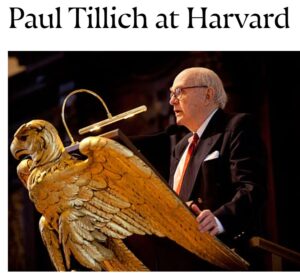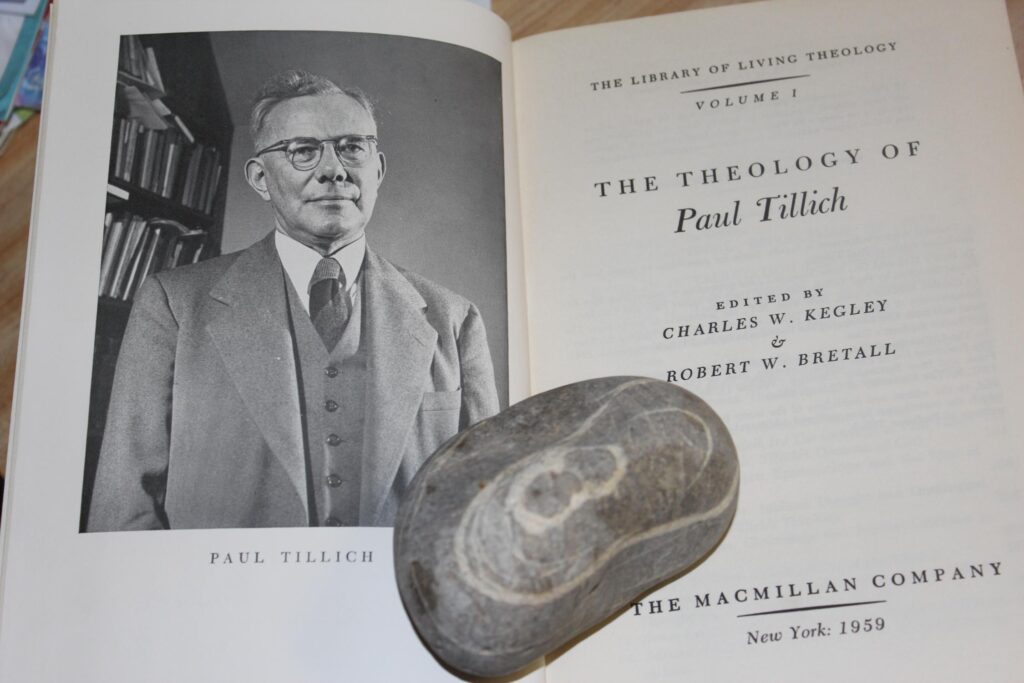
Paul Tillich (1886-1965), the first non-Jewish scholar that the Nazis dismissed from a university in 1933, in his writing wanted to synthesize the seemingly divergent paths of science, art, and religion in the modern age — “the reunion of what eternally belongs together,” he wrote, “but what has been separated in history.”
Today I spent a few hours reviewing some of his papers at the Harvard Divinity School, where in 1955, he started teaching after 20 years at the Union Theological Seminary. In his many documents in the collection I picked this warning out of his writings that goes with what Whitehead and Russell say on the front page of Beezone.
The ambiguity of power in personality or groups becomes visible in our development. Just in the greatest and most formed power of personality, the tragedy becomes visible.
Take any area of life. Science in modern times is not unambiguously great or tragic. When greatness of science came to its highest point, the tragedy became visible to the scientists themselves. This is inside, not outside. In the 20th century this happened to scientists, as to art in the Renaissance. In all history, the ambiguity of greatness and tragedy remain.
Utopia anticipated by art and writers of Renaissance, and modern utopia by scientific development both overlooked the ambiguity of power and (unconscious)* drive to self destruction. Both were arrogant. Raphael and Einstein were not arrogant as such. But they were at the same time bearers of the power of arrogance in man and society and therefore of those who produced the tragic consequences.
*Beezone addition
